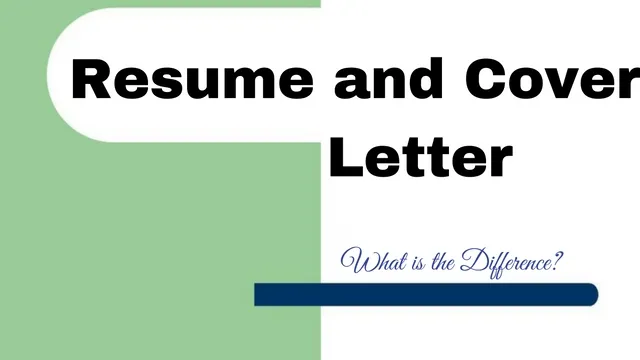What is a Resume and Cover Letter
In the competitive landscape of job applications, a resume and a cover letter serve as your initial introduction to potential employers. These documents are crucial tools that can significantly influence your chances of landing an interview and ultimately, securing your desired position. A well-crafted resume and cover letter package not only highlights your skills and experiences but also demonstrates your professionalism and attention to detail. Understanding their individual roles and how they work together is the first step towards creating a powerful application that captures the attention of hiring managers. This guide will dive deep into the essential elements and the top secrets of crafting effective resume and cover letter.
Resume vs Cover Letter
The resume and cover letter, while both essential components of a job application, serve distinct purposes. A resume is a concise summary of your skills, work experience, education, and accomplishments. Its primary goal is to provide a quick overview of your qualifications, allowing the employer to assess whether you meet the basic requirements for the job. Think of it as a snapshot of your professional history. A cover letter, on the other hand, is a personalized introduction. It allows you to elaborate on your qualifications, explain why you are interested in the specific role and company, and demonstrate your personality and communication skills. It’s your opportunity to make a strong first impression and connect with the hiring manager on a more personal level. They should complement each other.
Purpose of a Resume
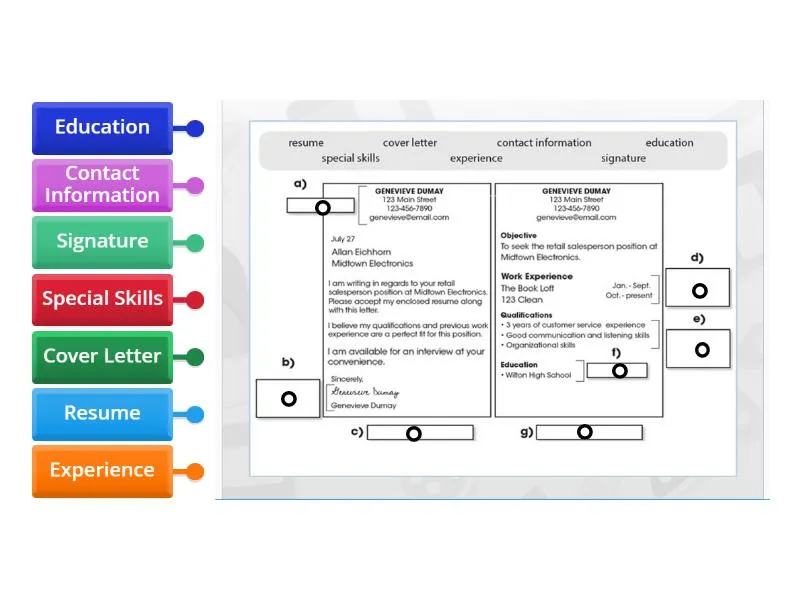
The main purpose of a resume is to showcase your professional journey. It serves as a factual document that quickly informs the reader about your relevant skills and experiences. It should be easy to read, well-organized, and tailored to the specific job you’re applying for. A strong resume will include a summary or objective, a list of your work experiences (with dates, job titles, and responsibilities), your education, and a section for skills. Many candidates include sections for awards, certifications, and volunteer work. The resume’s goal is to encourage the employer to invite you for an interview. The resume is also a useful tool during the interview to jog your memory of past accomplishments and to give you something to refer back to.
Purpose of a Cover Letter
The cover letter serves as your personal marketing tool. It’s an opportunity to convey your interest in the specific job and company and to highlight how your skills align with the requirements of the position. It is a chance to expand on the information presented in your resume and explain the value you can bring to the company. The cover letter should demonstrate your writing skills and your understanding of the company’s mission, values, and culture. The goal is to make a positive impression and convince the employer that you are a good fit for the role and the company’s culture. A well-written cover letter may make the difference between getting an interview and being rejected. Remember to demonstrate some personality and show some of your motivations for joining the company.
Top 7 Secrets
Secret 1 Tailor Your Resume
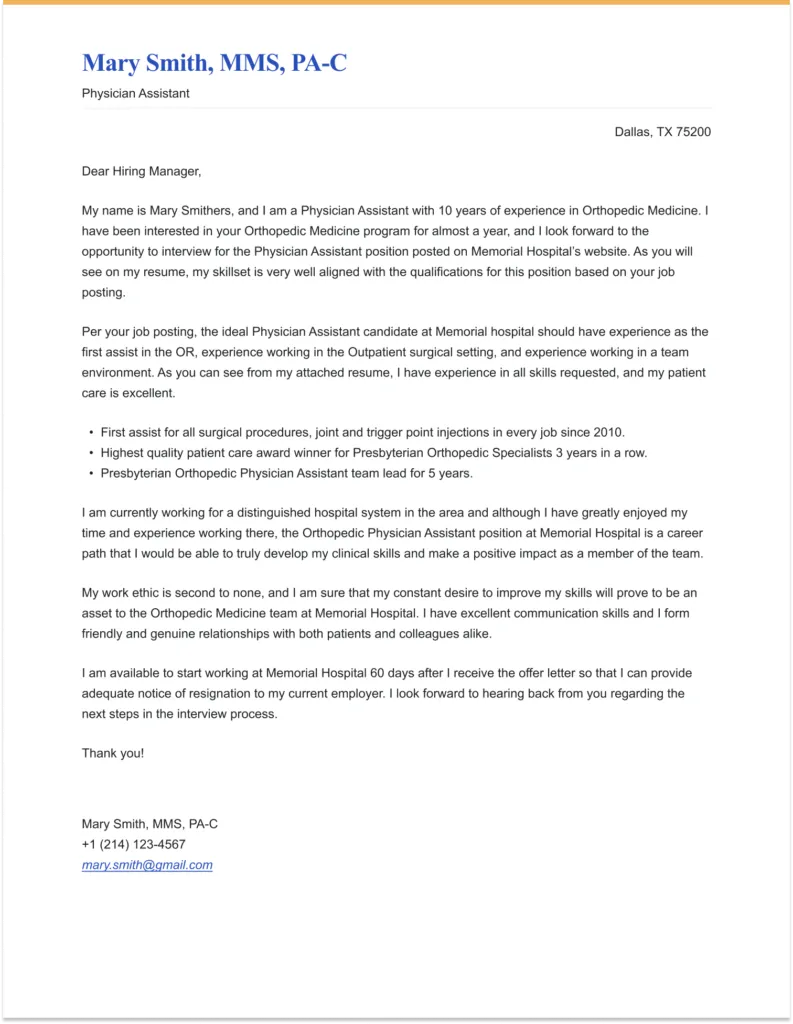
One of the most crucial secrets to a successful job application is tailoring your resume to each specific job you apply for. This means reviewing the job description carefully and adjusting your resume to emphasize the skills and experiences that are most relevant to the position. Generic resumes rarely capture the attention of hiring managers. A tailored resume immediately demonstrates your understanding of the job requirements and your genuine interest in the role. Generic resumes are also unlikely to pass through Applicant Tracking Systems (ATS), which scan resumes for specific keywords. The more tailored the resume, the more likely it is to be successful.
Why Tailoring Matters
Tailoring your resume shows the hiring manager that you’ve taken the time to understand their needs and that you possess the qualifications they are looking for. It also allows you to strategically position yourself as the best candidate for the job. When you customize your resume, you can highlight the skills and experiences that align perfectly with the job description. This focused approach increases the chances that your application will be noticed and that you’ll be called for an interview. This also demonstrates initiative and attention to detail.
How to Tailor Your Resume
Start by carefully reading the job description and identifying the key requirements, skills, and keywords. Then, review your resume and identify the sections where you can incorporate those keywords and experiences. Adjust your summary, work experience descriptions, and skills sections to match the job requirements. Consider reordering sections to prioritize the most relevant information. Whenever possible, use the same language and keywords that are used in the job description. This will not only help you tailor your resume to the specific job but also increase the likelihood of your application passing through the ATS.
Secret 2 Highlight Achievements
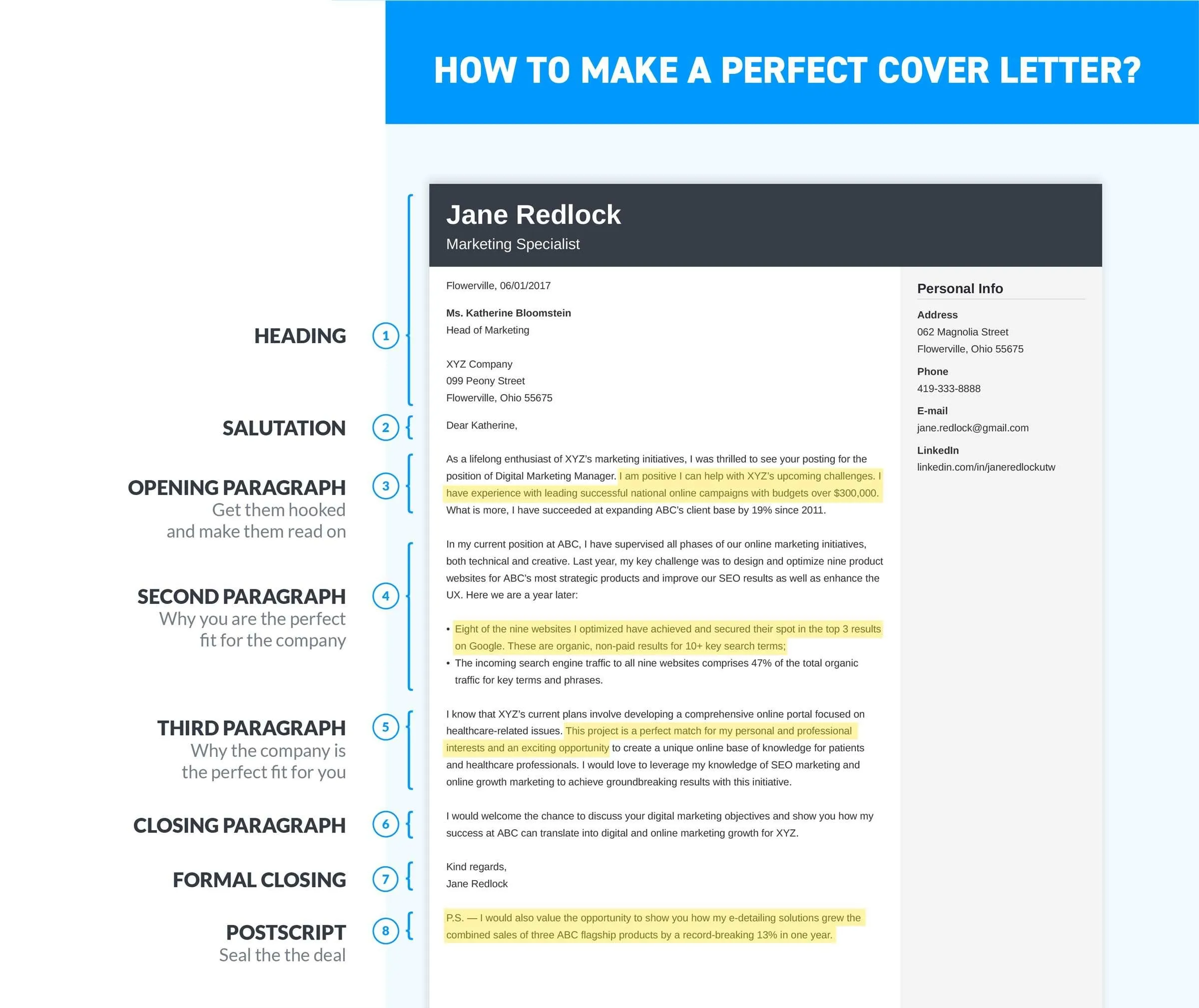
Rather than simply listing your job responsibilities, focus on highlighting your accomplishments and results. Use action verbs to describe what you achieved in each role. Quantify your achievements whenever possible by providing data and metrics that demonstrate the impact of your work. For example, instead of saying “Managed social media accounts,” say “Increased social media engagement by 30% in six months.” Highlighting your accomplishments proves your value to potential employers and shows that you can deliver results.
Quantifying Your Accomplishments
Numbers speak volumes. Whenever possible, quantify your achievements to demonstrate the impact of your work. Use metrics such as percentages, dollar amounts, or other measurable results. For instance, instead of saying “Improved customer satisfaction,” say “Improved customer satisfaction by 15% through implementing a new feedback system.” Providing concrete data makes your achievements more compelling and easier for employers to understand.
Using Action Verbs
Start your bullet points with strong action verbs to describe your responsibilities and achievements. Verbs like “managed,” “led,” “developed,” “implemented,” and “achieved” give a sense of dynamism and make your resume more engaging. Using action verbs helps to create a strong impression of your capabilities and your ability to take initiative. It also adds vitality to your resume, and helps the document be much more interesting. The goal is to show the employer what you’ve done, and the effect that you’ve had.
Secret 3 Optimize Keywords
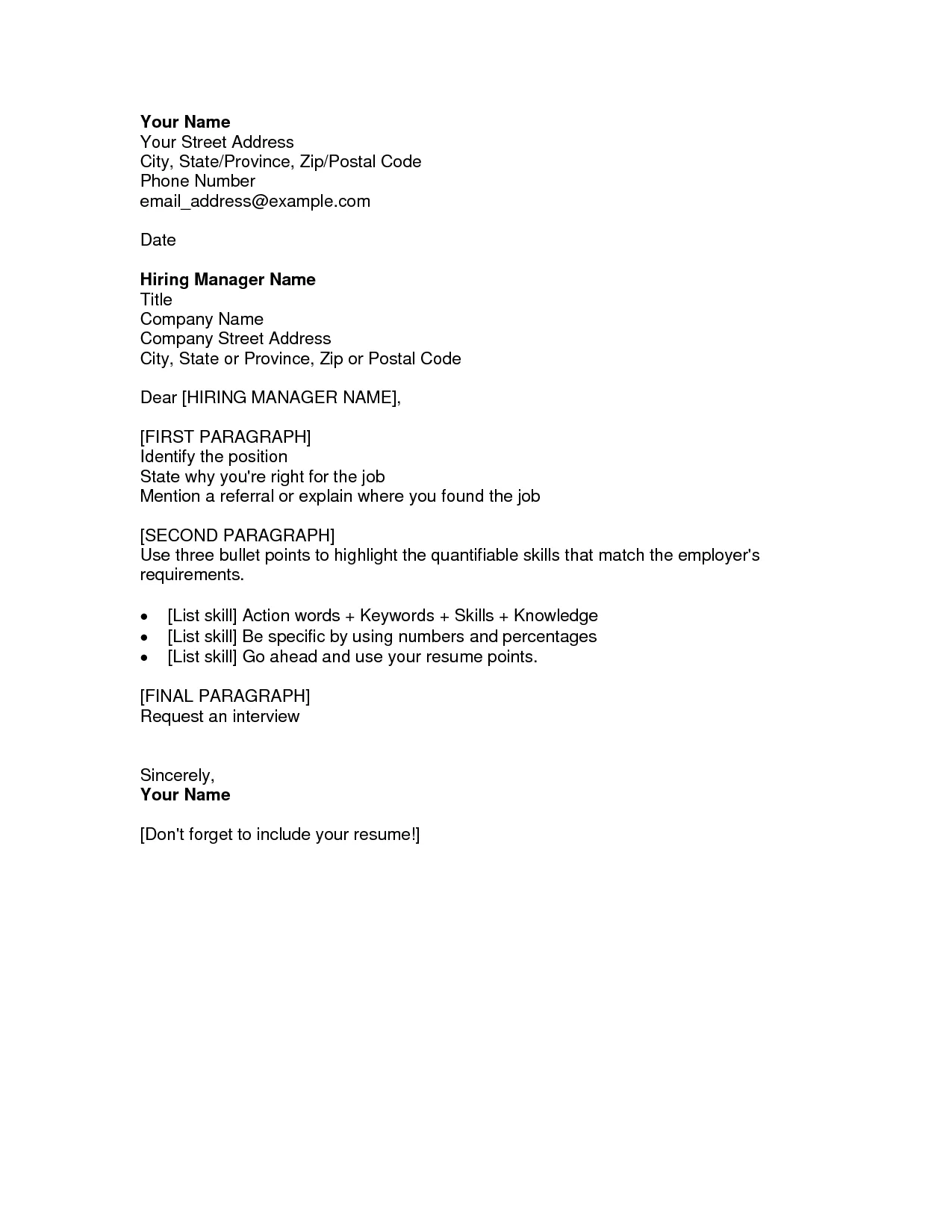
Applicant Tracking Systems (ATS) scan resumes for keywords to determine if a candidate is a good fit for the job. To get your resume past the ATS, you need to strategically incorporate relevant keywords from the job description throughout your resume. This will improve the chances of your application being noticed by recruiters. Keyword optimization also helps the hiring manager quickly understand your skills and experience and how they align with the job requirements.
Keyword Research
The first step in optimizing your resume for keywords is to perform thorough keyword research. Start by reading the job description carefully and identifying the key skills, qualifications, and industry-specific terms. Make a list of these keywords and use them strategically throughout your resume. Consider using online tools to identify related keywords or variations that you may have missed. The goal is to create a comprehensive list of keywords that align with the job requirements.
Where to Include Keywords
Integrate keywords naturally throughout your resume. Use them in your summary or objective statement, skills section, and job descriptions. Make sure that you’re not just stuffing keywords into your resume but instead use them where they logically fit and make sense. When describing your responsibilities and achievements, incorporate the relevant keywords. Be sure to vary the keyword phrases to prevent repetition and ensure that your resume reads well. The goal is to get past the ATS systems, but to also make sure that your resume is interesting and engaging to the hiring manager.
Secret 4 Format for Readability
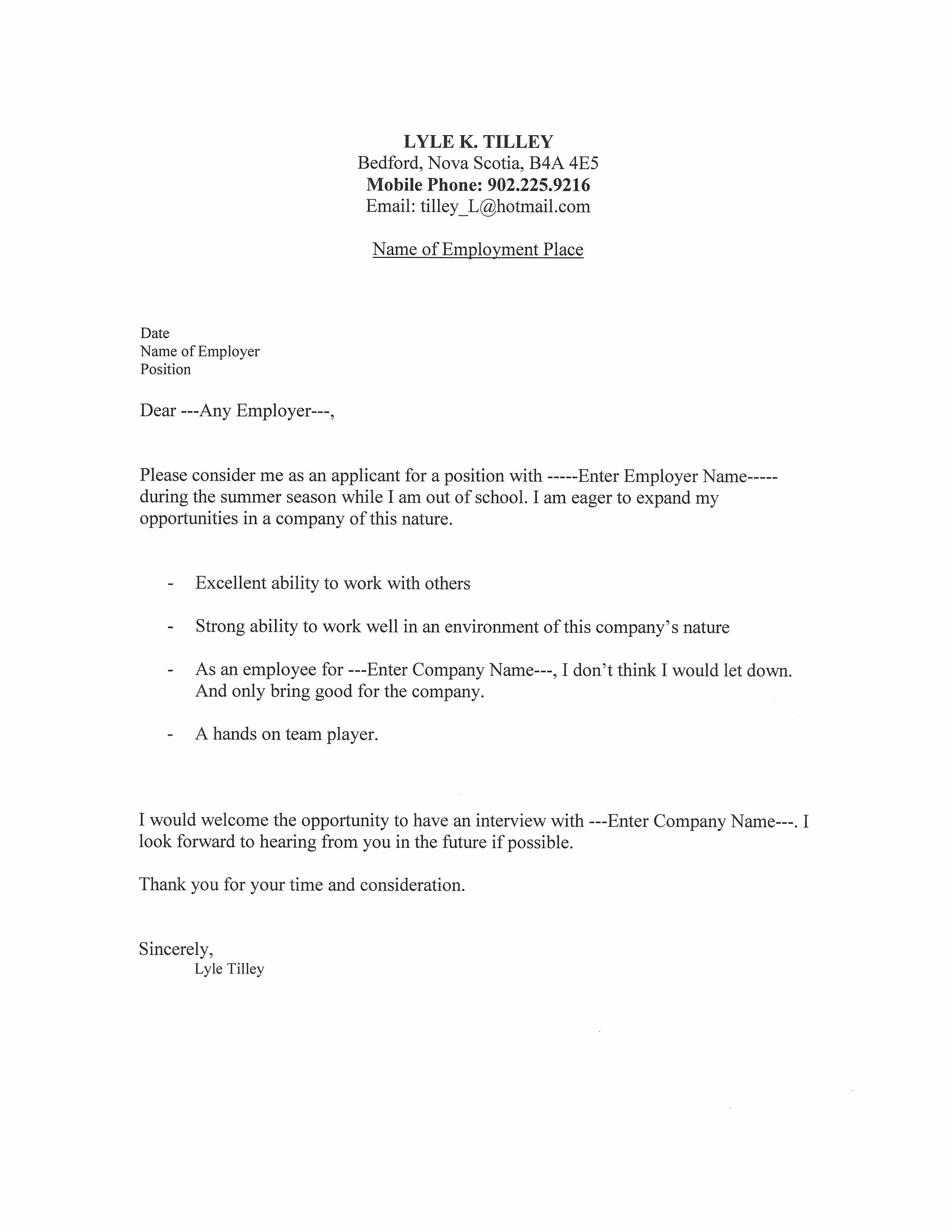
A well-formatted resume is easy to read and visually appealing. Use clear, concise language and organize information in a logical order. Use headings, bullet points, and white space effectively to break up large blocks of text and make your resume more scannable. Remember, hiring managers often spend only a few seconds reviewing each resume, so it is important to grab their attention immediately.
Choosing the Right Font
Select a professional, easy-to-read font like Arial, Calibri, or Times New Roman. Make sure the font size is between 10 and 12 points, and use bolding and italics sparingly to highlight key information. Avoid using overly ornate or unusual fonts that can distract the reader. The key is clarity and making sure your resume is easy on the eyes.
Using White Space Effectively
White space, or the blank areas of your resume, is essential for readability. Use ample white space between sections, bullet points, and lines of text. This helps to create visual breaks and makes the resume easier to scan. Avoid overcrowding the page with too much text, which can overwhelm the reader. Properly formatted resumes make it easy for the reader to pick out the most important information and focus on the key skills and accomplishments.
Secret 5 Write a Compelling Cover Letter
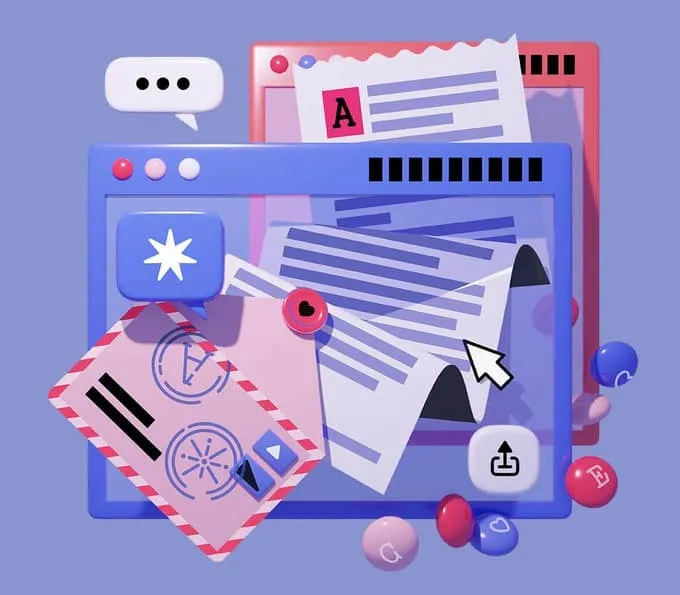
Your cover letter is your opportunity to make a strong first impression and demonstrate your communication skills. Take the time to craft a personalized cover letter that highlights your qualifications and expresses your interest in the job. Make sure that the cover letter is well written, free of errors, and targeted to the specific role and company. Make sure it is clear that you are interested in the role, and that you would be a good fit for the company’s culture. Also demonstrate you understand the company’s mission and the role’s responsibilities.
Cover Letter Structure
A well-structured cover letter includes an introduction, a body, and a conclusion. In the introduction, state the position you’re applying for and where you saw the advertisement. In the body, explain why you’re a good fit for the role, providing specific examples of your skills and experience. Conclude by reiterating your interest and including a call to action, such as requesting an interview. Your cover letter should also include your contact information.
Cover Letter Content
The content of your cover letter should highlight the skills, experiences, and achievements that are most relevant to the job. Provide specific examples to demonstrate your abilities. Express your genuine interest in the company and the role. Tailor your cover letter to each job and make it clear why you want the job and why you’re a good fit. The more that you can demonstrate an understanding of the company, the better the chances of impressing the hiring manager.
Secret 6 Proofread Meticulously
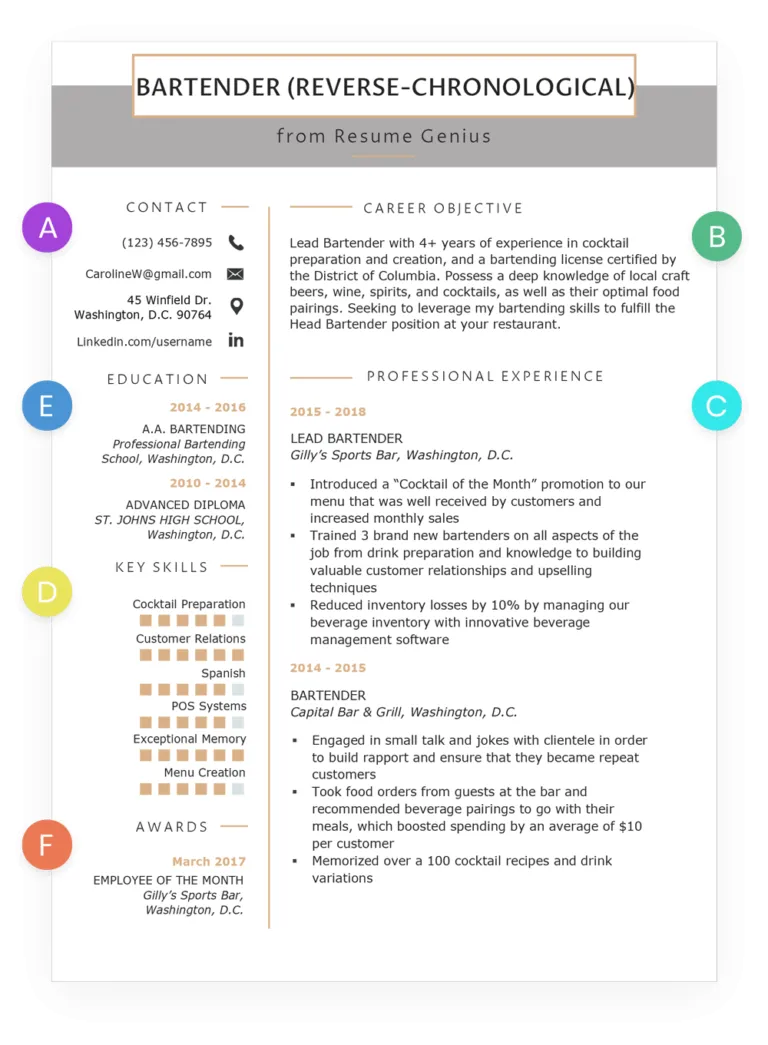
Errors in your resume and cover letter can create a negative impression and undermine your credibility. Always proofread your documents carefully to catch any typos, grammatical errors, or formatting inconsistencies. Ask a friend, family member, or career counselor to review your application for you. Proofreading ensures that your application is polished and professional. Mistakes tell the hiring manager that you don’t pay attention to detail, and that you don’t care about the role. Proofreading is extremely important!
Common Errors to Avoid
Common errors to watch out for include spelling mistakes, grammatical errors, incorrect punctuation, and inconsistent formatting. Be sure to check for proper sentence structure, correct tense usage, and consistent use of capitalization. Pay attention to details like the use of serial commas, and make sure that all the information is accurate. Be sure to double check dates, titles, and company names.
Proofreading Techniques
Use a variety of proofreading techniques to catch errors. Read your resume and cover letter aloud, as this can help you spot mistakes you might miss when reading silently. Use spell-check and grammar-check tools, but don’t rely on them completely. Read your documents backwards, line by line, to catch any typos you might miss when you’re focused on the content. Have another person read your documents and offer feedback, and ask them to check for anything that does not make sense. You can also give your friend a specific list of things to check for, in order to streamline the proofreading process.
Secret 7 Follow Up Professionally
After submitting your application, it’s important to follow up professionally. This shows your continued interest in the role and can help you stand out from other applicants. A well-timed and respectful follow-up demonstrates your initiative and your commitment to securing the job. However, be careful not to be too persistent, or you can create a negative impression.
When to Follow Up
Wait for a reasonable amount of time before following up on your application. Generally, it’s acceptable to follow up one to two weeks after the application deadline or after the advertised time for a response has passed. Before following up, review the job description and the company’s application instructions. If there is a specific timeline provided, wait for that period before sending a follow-up email. However, if you find that you haven’t heard back within a month, you may want to send a follow-up email.
How to Follow Up
When following up, send a brief, professional email. Reiterate your interest in the position and reference your application. Remind the hiring manager of your key qualifications and the value you can bring to the company. Keep your email concise and polite, and avoid being overly demanding. Make sure to include your contact information and a link to your resume and cover letter. A follow-up email should only have a few sentences, and should not take more than a minute for the reader to assess. Remember to thank the hiring manager for their time and consideration.
In conclusion, mastering the art of crafting a resume and cover letter is essential for anyone seeking career advancement. By understanding the unique roles of these documents and implementing the top 7 secrets, you can significantly improve your chances of landing your dream job. Remember to tailor your resume, highlight achievements, optimize keywords, format for readability, write a compelling cover letter, proofread meticulously, and follow up professionally. By following these guidelines, you’ll be well on your way to crafting an application that gets you noticed and secures your interview. Good luck with your job search!
